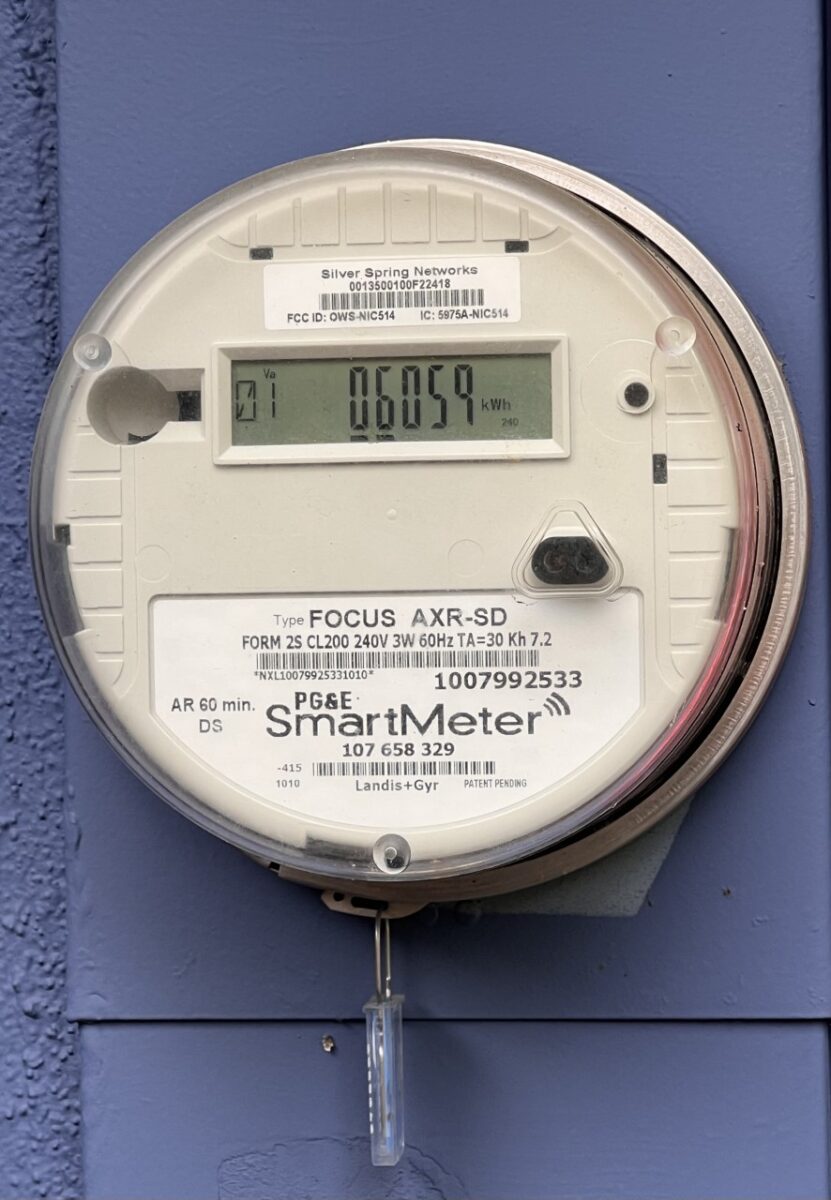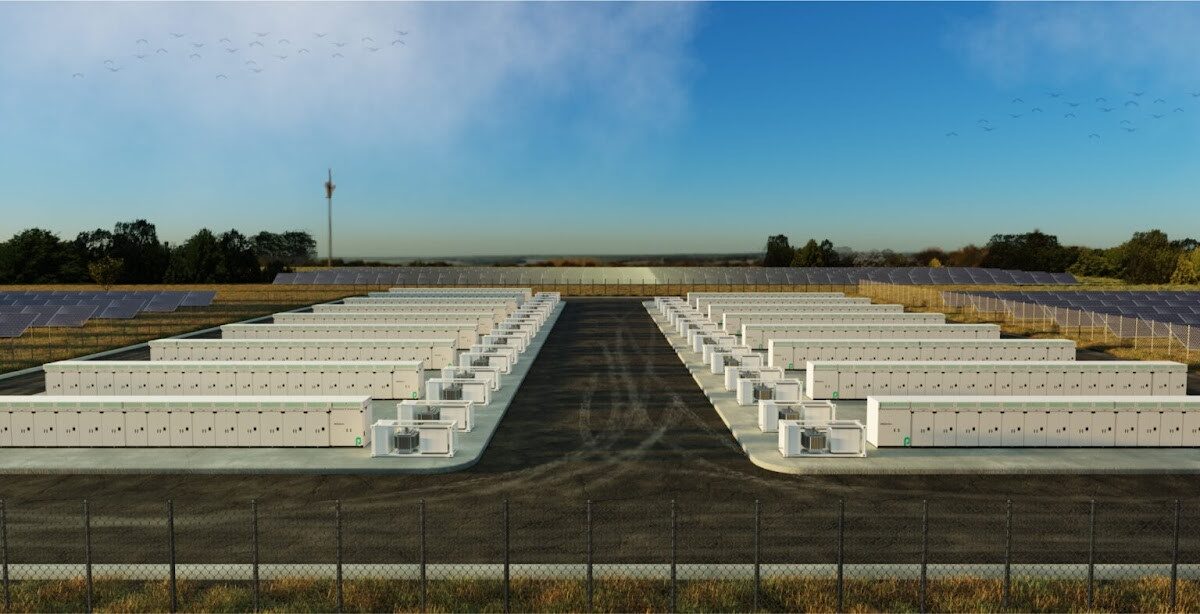An income graduated fixed charge (IGFC) has been suggested as a way to promote electrification. It would lower the energy charge by 22%, which certainly would encourage electrification if nothing else was changed. But the reduction in the energy charge would be accompanied by the imposition of a substantial fixed charge. In the case of PG&E, that would average out to $53 a month. This is almost five times higher than the national average of $11 a month measured across 173 investor-owned utilities. It’s also worth noting that today PG&E has no fixed charge, just a minimum bill of $10 a month.
To make the rate shock politically palatable, the IGFC would collect a lower fixed charge from low income customers and a higher fixed charge from middle income and higher income customers.
There are at least five problems with the IGFC. First, a high fixed charge is antithetical to the concept of demand flexibility, which requires dynamic rate designs. Second, such a fixed charge is higher than any found in the US. It does reflect what are usually regarded as fixed costs of serving a customer – metering, billing and customer care. The median fixed charge among investor-owned utilities is around $12. A $53 fixed charge is without precedent. Third, income data is confidential and attempts to retrieve it via a third party will be difficult to administer and additionally will be challenged in court.
Fourth, in any given year, less than 10% of the customers are in the market for buying a new HVAC system or a new car. The other 90% of customers will simply be given an incentive to waste electricity. This proposal will reverse decades of progress the state has made in energy efficiency. Furthermore, simply lowering the energy rate will do little to encourage load flexibility, a stated objective of the CPUC proceeding. In fact, the insertion of a substantial fixed charge will remove the incentive to change the usage pattern.
Fifth, the CPUC is focused on promoting heat pumps and electric vehicles (EVs). Not only are these technologies expensive to buy; they often require an expensive upgrade of the main panel in the house. Recent data indicates that EVs accounted for 25% of new car sales in California. That’s happening despite California’s exceptionally high electric rates. The primary reason for the adoption of EVs by Californians is that gasoline cars cost two to three times more to drive than EVs because gasoline is very expensive in the state.
The main barrier to EV penetration is not high electric rates. It’s a variety of other barriers, such as range anxiety, high price, and limited model availability. None of these will be addressed by IGFC. Low income customers will be better off with IGFC but their savings will not be large enough to motivate them to buy a heat pump or an EV.
The IGFC is infeasible and unlikely to help the state meet its Net Zero goal. There’s a better way to promote electrification. Here is an outline.
First, only apply the new rate (described below) to customers who are either in the market for replacing their HVAC system, water heater, stove, clothes dryer or their car or those who are building a new house or buying an additional car. Leave all other customers on existing rates.
Second, even for customers who are in the market, only apply it to the incremental use of electricity which will occur via electrification. In other words, don’t incentivize waste for existing technologies.
Third, only include an energy price in the new rate and make sure it varies by time of day, and possibly varies across day types. Set the price equal to marginal energy cost. It will help promote demand flexibility, which is the title of the proceedings.
Some will object, saying this proposal cannot be implemented. In fact, it can be implemented with information that utilities already possess.
Utilities have hourly load profiles on every customer who has a smart meter. No separate meters will be required. They will know when the load profile changes significantly, which will happen when the customer acquires a heat pump or an EV.
Additionally, utilities will know which customer has installed a heat pump because they will apply for a rebate from the utility. Utilities also know (or will soon come to know) which customer has an EV.
Under this new rate design, customers will only see a change in their bill if they electrify. Millions of existing customers live in small homes or are singles or couples. They also include families who are frugal, energy efficient and they include a million customers who have installed solar panels on their roofs. If the IGFC is implemented, they will be victims of rate shock and will revolt. Under this new rate design, they will not be hit with rate shock.
At the same time, everyone will be incentivized to electrify because they will pay a significantly lower rate for the new electrotechnologies. For example, a PG&E customer who is currently paying 34 cents a kWh may end up paying only a dime a kWh for powering their new electrotechnologies.
Even those who don’t electrify will win because the state’s climate will improve as harmful emissions are reduced. California will reach its net zero goal much faster than would otherwise be the case. Customers who electrify will lower their bills at the margin. Utilities will recover their fixed costs just as they do now, since the existing rate design will apply to existing electric usage.
The author Ahmad Faruqui is an energy economist with four decades of research and consulting experience in rate design and energy efficiency.
The views and opinions expressed in this article are the author’s own, and do not necessarily reflect those held by pv magazine.
This content is protected by copyright and may not be reused. If you want to cooperate with us and would like to reuse some of our content, please contact: editors@pv-magazine.com.








Excellent, rational summary of the problems with the proposed new rate structure and a better alternative. Thanks to wise people like Ahmad who are willing to speak out with reason simply because he cares, and this is his area of expertise.